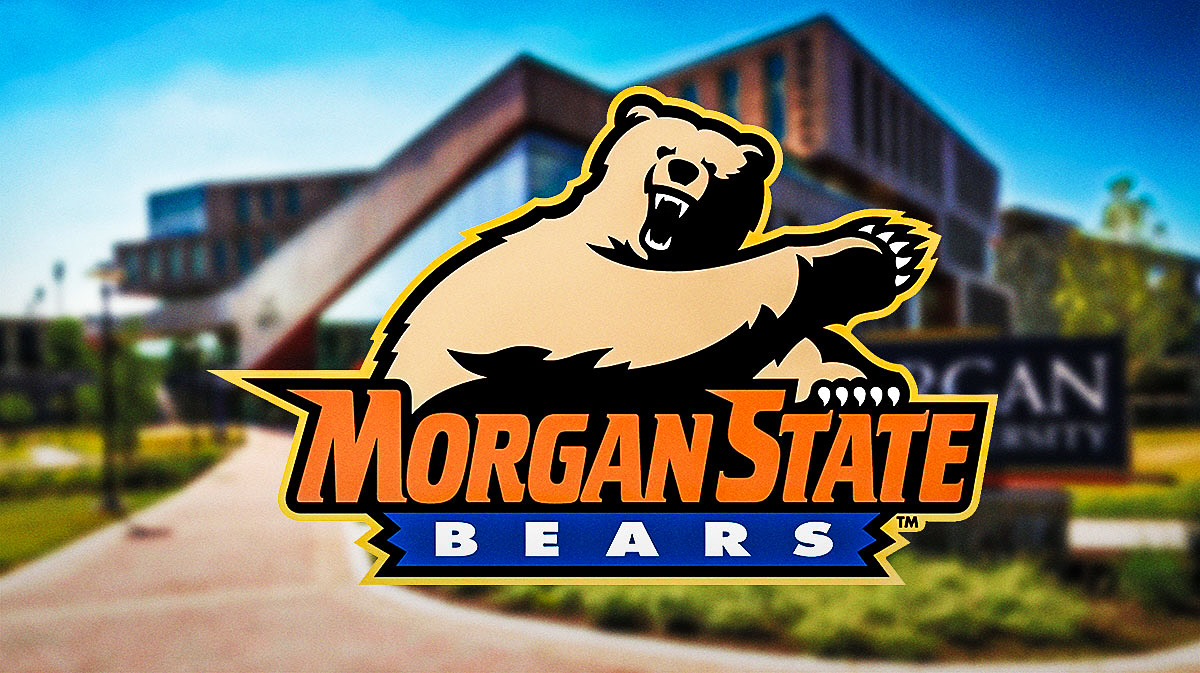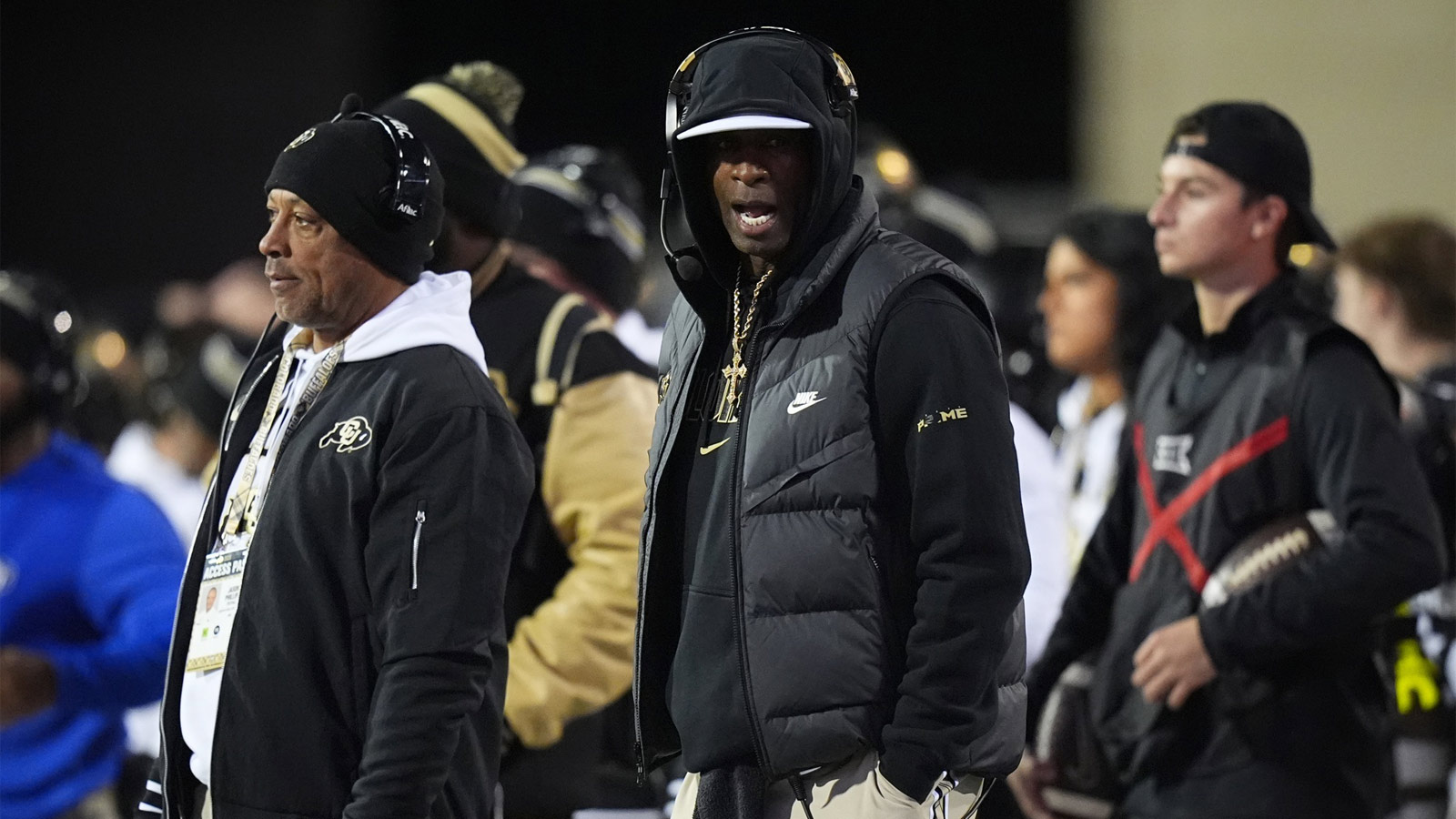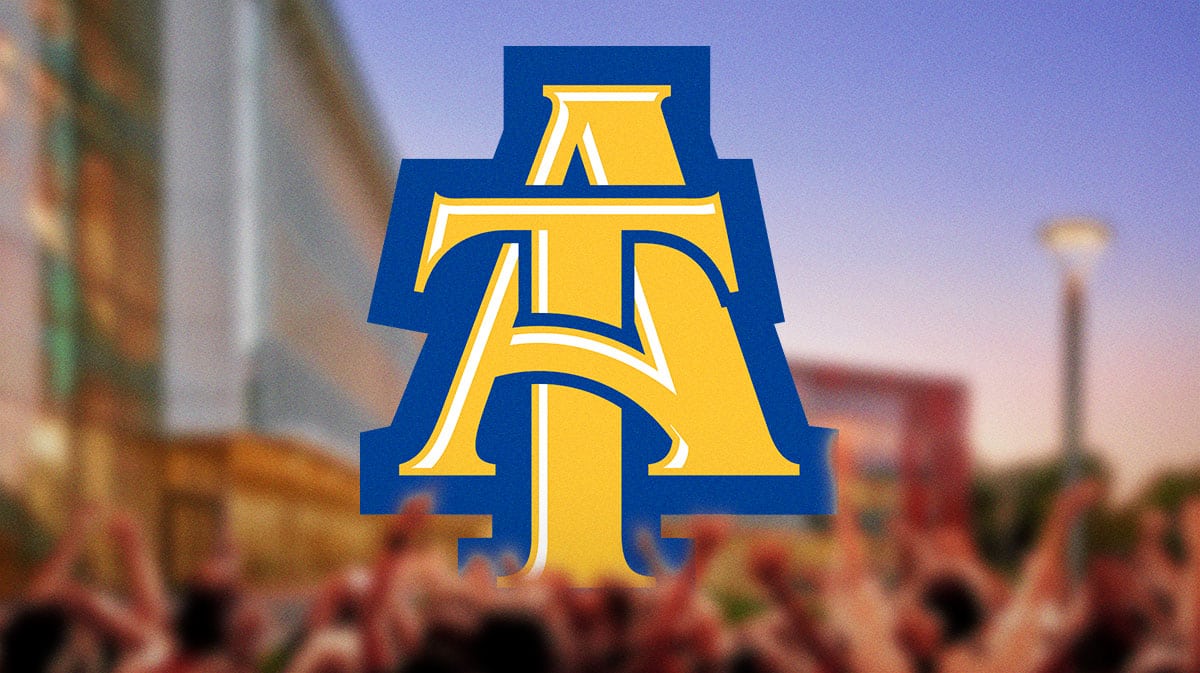According to recent research, Maryland's largest HBCUs have been significantly contributing to the state's economy. Morgan State University generated $891 million for Baltimore's economy and $1.5 billion for the state economy in 2024, according to a recent report from Econsult Solutions.
“From our pioneering research projects to our massive role in local community and economic development, our impact is impactful, transformational, and intentional,” David K. Wilson, president of Morgan State University, said in a news release.
Since it started researching its economic effects, the state's leading public urban research university has grown steadily. The institution also generates $71 million in state tax income and supports 8,200 jobs in the state. During a five-year period, the impact of the university's baseline economic impact assessment in 2019 increased steadily to $990 million.
Additionally, the institution has increased its investment in infrastructure and research while growing its undergraduate and graduate programs. For students who have previously earned college credit but have never earned a diploma, Morgan State now offers online courses as well as a “completer” degree.
Research from the United Negro College Fund indicates that other HBCUs in Maryland have experienced comparable growth. Every year, Coppin State contributes $157.7 million to the local and regional economy. The college produces $1.46 for every dollar spent. Additionally, 2021 graduates were predicted to earn 64% more than they would have if they had not earned a degree. The University of Maryland, Eastern Shore, also generated over $225 million.
The studies highlight a broader pattern that has frequently gone unnoticed. Although Maryland is home to well-funded research institutions like the University of Maryland, which contributes $15 billion to the state each year, and Johns Hopkins, whose influence is huge and difficult to measure, HBCUs have been successfully creating jobs and wealth for Baltimore and the state.
Additionally, Morgan State has managed to withstand recent cuts in funding as the state attempts to balance its budget. Wayne Swann, an official in the research and economic development department, says that although felt, the impact was not significant. Where cost reductions would have the least negative effect on university operations and results, the institution tried to implement them.
While state funding was reduced, the institution was able to survive due to an increase in out-of-state enrollment. Notably, Gov. Wes Moore's recent hiring limitations and buyout offers to save costs in the state government did not include higher institutions.
Last year Morgan State broke its enrollment for the fourth consecutive year, making it the third-largest HBCU in the nation. The university welcomed the largest freshman class (2,369 new students) in its history this past fall, and 10,739 students arrived on campus, a 9.4% rise from the previous year.
Swann said that Morgan State benefits society overall and the state economy specifically.
“Every year we give back six times the total budget coming from the state,” he said, and stressed that experiential learning that prepares students is a less visible return on investment.



















